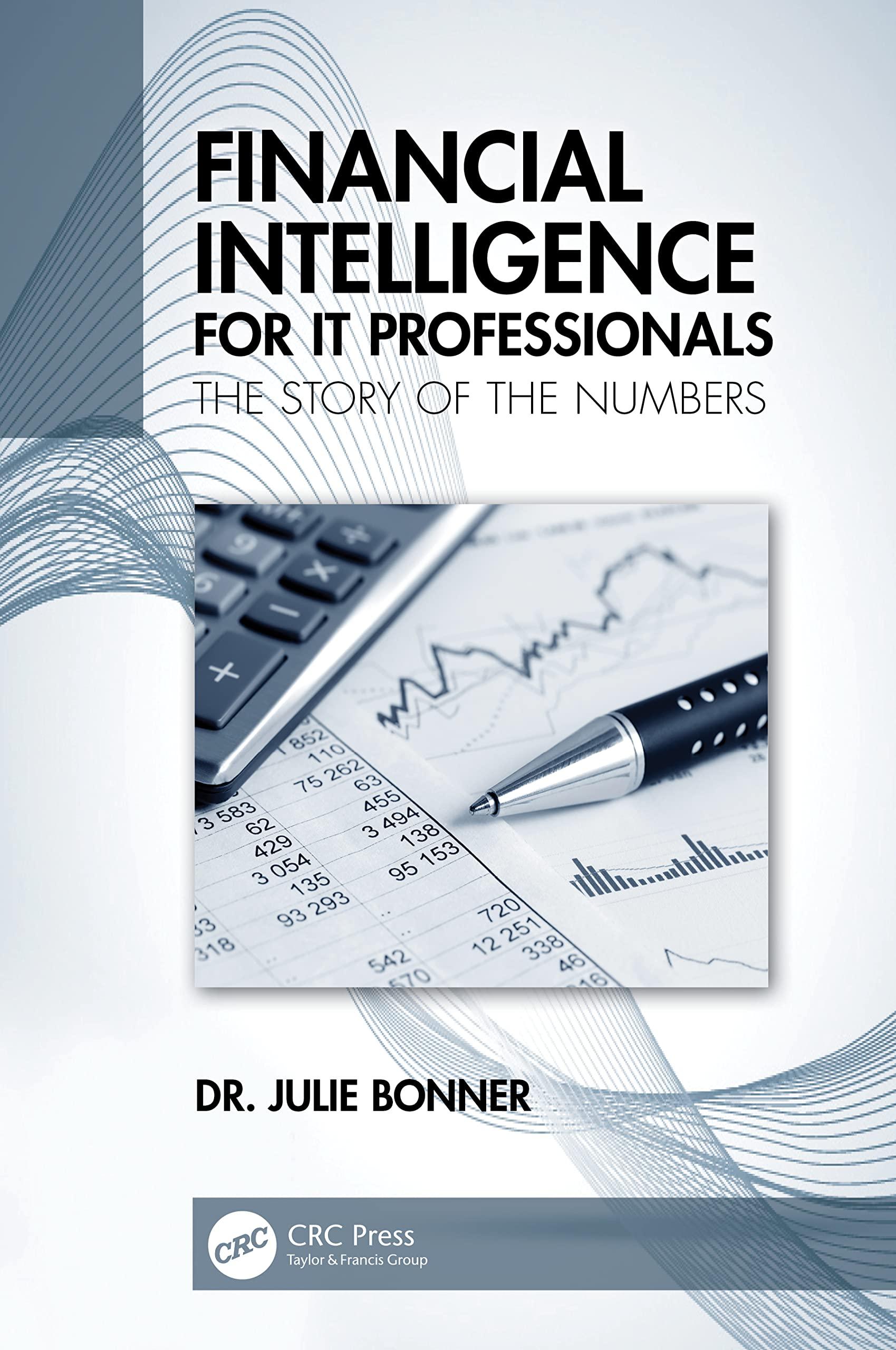Question
Two depository institutions have composite CAMELS ratings of 1 or 2 and are well capitalized. Thus, each institution falls into the FDIC Risk Category I
Two depository institutions have composite CAMELS ratings of 1 or 2 and are "well capitalized." Thus, each institution falls into the FDIC Risk Category I deposit insurance assessment scheme. Weights for the CAMELS components to calculate the weighted average CAMELS rating are 25 percent, 20 percent, 25 percent, 10 percent, 10 percent, and 10 percent for the C, A, M, E, L, and S components, respectively. Further, the institutions have the following financial ratios and CAMELS ratings:
| Institution A | Institution B | |
|---|---|---|
| Financial Ratios: | ||
| Leverage Ratio | 8.80 | 7.93 |
| Nonperforming Loans and Leases/Gross Assets | 0.53 | 0.68 |
| Other Real Estate Owned/Gross Assets | 0.15 | 0.45 |
| Net Income Before Taxes/Total Assets | 2.33 | 1.95 |
| Brokered Deposit Ratio | 3.75 | 1.05 |
| One-Year Asset Growth | 7.35 | 4.65 |
| Loans as a Percent of Total Assets: | ||
| Construction & Development | 0.58 | 0.48 |
| Commercial & Industrial | 18.36 | 11.40 |
| Leases | 2.05 | 1.75 |
| Other Consumer | 18.85 | 18.55 |
| Loans to Foreign Government | 0.30 | 0.30 |
| Real Estate Loans Residual | 0.00 | 0.00 |
| Multifamily Residential | 0.95 | 0.65 |
| Nonfarm Nonresidential | 0.00 | 0.00 |
| 14 Family Residential | 38.40 | 36.34 |
| Loans to Depository Banks | 2.70 | 0.95 |
| Agricultural Real Estate | 1.30 | 4.05 |
| Agriculture | 0.40 | 7.20 |
| CAMELS components: | ||
| C | 2 | 2 |
| A | 2 | 3 |
| M | 1 | 2 |
| E | 2 | 2 |
| L | 1 | 3 |
| S | 2 | 1 |
Calculate the initial deposit insurance assessment rate for each institution. (Do not round intermediate calculations. Round your answers to 3 decimal places. (e.g., 32.161))
Table 1324
| Model Measures in 2016 Rule | Pricing Multiplier |
|---|---|
| Uniform amount | 7.352 |
| Leverage ratio | (1.264) |
| Nonperforming loans and leases/gross assets | 0.942 |
| Other real estate owned/gross assets | 0.533 |
| Net income before taxes/total assets | (0.720) |
| Brokered deposit ratio | 0.264 |
| One-year asset growth | 0.061 |
| Weighted average CAMELS rating | 1.519 |
| Loan mix index | 0.081 |
Table 1323
| Weighted Charge-off Rate (percent) | Loan Category as Prcentage of Total Assets | Product of Two Columns to the Left | |
|---|---|---|---|
| Construction and development | 4.50 | 1.40 | 6.30 |
| Commercial and industrial | 1.60 | 24.24 | 38.78 |
| Leases | 1.50 | 0.64 | 0.96 |
| Other consumers | 1.46 | 14.93 | 21.80 |
| Loans to foreign government | 1.34 | 0.24 | 0.32 |
| Real estate loans residual | 1.02 | 0.11 | 0.11 |
| Multifamily residential | 0.88 | 2.42 | 2.13 |
| Nonfarm nonresidential | 0.73 | 13.71 | 10.01 |
| 14 family residential | 0.70 | 2.27 | 1.59 |
| Loans to depository banks | 0.58 | 1.15 | 0.67 |
| Agricultural real estate | 0.24 | 3.43 | 0.82 |
| Agriculture | 0.24 | 5.91 | 1.42 |
| Sum (loan mix index) | 70.45 | 84.91 |
Table 1321
| Risk Category I | Risk Category II | Risk Category III | Risk Category IV | |
|---|---|---|---|---|
| Initial base assessment rate | 7 | 12 | 19 | 30 |
| Brokered deposit adjustment | 010 | 010 | 010 | |
| Total base assessment rate | 7 | 1222 | 1929 | 3040 |
Table 1320
| Established Small Bank | Large and Highly Complex Institutions | |
|---|---|---|
| Initial base assessment rate | 330 | 330 |
| Unsecured debt adjustment | 50 | 50 |
| Brokered deposit adjustment | 010 | |
| Total base assessment rate | 1.530 | 1.540 |
Step by Step Solution
There are 3 Steps involved in it
Step: 1

Get Instant Access to Expert-Tailored Solutions
See step-by-step solutions with expert insights and AI powered tools for academic success
Step: 2

Step: 3

Ace Your Homework with AI
Get the answers you need in no time with our AI-driven, step-by-step assistance
Get Started


